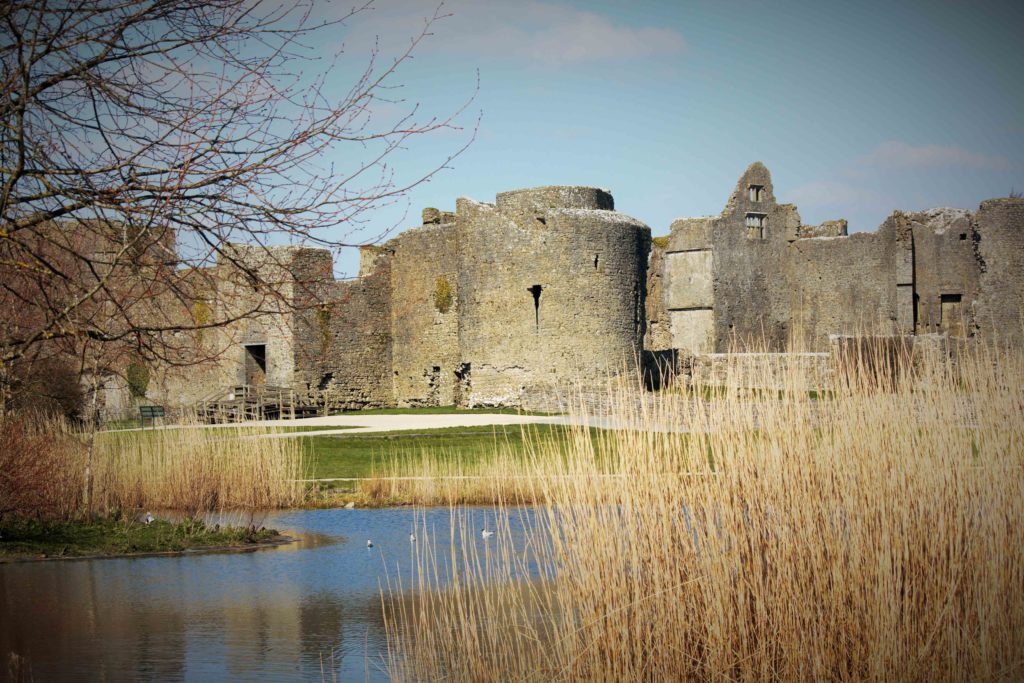Arthur Reginald, or Reggie as he was known, had a testing childhood what with his mother Laura Octavia dying shortly after his birth and his father, Arthur French of Frenchpark House, subsequently remarrying. Reggie was presently sent to boarding school in England and here he found the regimental lifestyle so much to his liking that at the age of 20 he joined the military. Within 2 years he was a Lieutenant with the Royal Fusiliers at Hythe Barracks in Kent but before long would be wed in a union that greatly shocked his family. His new wife, a divorcee named Annabelle Angus, had come from modest stock – her father was a publican, and she herself was working as a barmaid when Reggie first encountered her at Banffshire Scotland. She also came into the marriage with a child from a previous relationship – a son that came to be remembered as Roland True, the convicted murderer who spent the majority of his life in Broadmoor Hospital – a facility for the criminally insane.
While the marriage was never legally dissolved the couple soon parted ways as Reggie, realising his blunder, left his regiment and sailed to the States in 1905. He travelled with the notion of joining the Northwest Mounted Police while a visit to his trailblazing uncle William French on the New Mexico frontier must also have seemed appealing to the young traveller. When he vanished shortly after his arrival into the States foul play was immediately suspected and a country wide hunt involving the British Consulate and American police was initiated, happily reported by the scandal hungry paparazzi. He was eventually discovered at an American military barracks in New York having registered as a private a week after arriving in the States. The nonplussed Reggie declared that he liked his new job and he proposed to stay in the army for the foreseeable future. Furthermore he vowed to never return to England.
His regiment subsequently transferred to South America and Reggie went with it disappearing from public life for a number of year only sending home occasional letters to his father, one of which tellingly referred to terminating his wife’s allowance. Upon his father’s death in 1913 Reggie bought his way out of the American draft and returned home as the 5th Baron Defreyne but alas he would not be home for long. The following year the Great War broke out and Reggie like many others of his age enlisted to fight for the cause. Unfortunately he would be killed on 9th May 1915 in Flanders alongside with his half-brother George Phillip French who fell in the same action. They were both laid to rest in the Cabaret-Rouge British Cemetery at Souchez, Pas-de-Calais in Northern France.
Reggie was succeeded as Baron Defreyne by his half-brother Francis Charles but in the following years the French family began to have less and less association with the village of Frenchpark. By now the French family lived primarily in London and the old residence slowly became more dilapidated as family finances and societal principles changed. The final furniture and fitting effects of the house were auctioned off on 4th November 1953 and the interior was dismantled. Despite objections by the President of the National Trust of Ireland and regional proposals to form an agricultural college for the locality Frenchpark House, which had housed the French family since the mid-17th century, was razed leaving the present day ruins that remind of past greatness.
FINNNN


